
With the internet and all, I wonder why the online statistics are several years behind. But using Worldmetrics.org’s 2024 stats, it appears that the global film industry was worth $138 billion dollars worldwide (in 2018). They also say that 40% of Americans (I’ll extend that to North Americans) see a film in the theater at least once a month. And that most people would rather see a film in the theater than online (or via cable, Blu-ray, etc.). Would you believe that as of 2021, the highest-grossing film of all time was Avengers: Endgame? (Don’t ask me where they get these stats; do they include streaming, and how do they subdivide people’s streaming fees? Oh well, go with the flow.) So genre movies are now the most common type, if you include horror movies of all stripe—which would have been a dream come true for me in 1964—to have genre movies dominate the box office (horror movies are, by category, the most-watched kind of movies according to Worldmetrics.) Therefore, I will review a new horror movie this week, and partially because it’s October—the month of Halloween. The review features my review of the very first movie version of Stephen King’s well-known 1975 vampire book, ’Salem’s Lot, which came out Oct. 3.
Say what? What do I mean by “first movie version”?—you know that this book’s been put on video two and a half times previously! Well, folks, surprise!—both previous versions were short TV series (two episodes each); both the 1979 version (Figure 2) and the 2004 version (Figure 3), not actual theatrical movies. (I’m going to leave out the 1987 Larry Cohen-directed A Return to Salem’s Lot which, while an actual movie, had little (if anything) to do with the previous series or the book.)
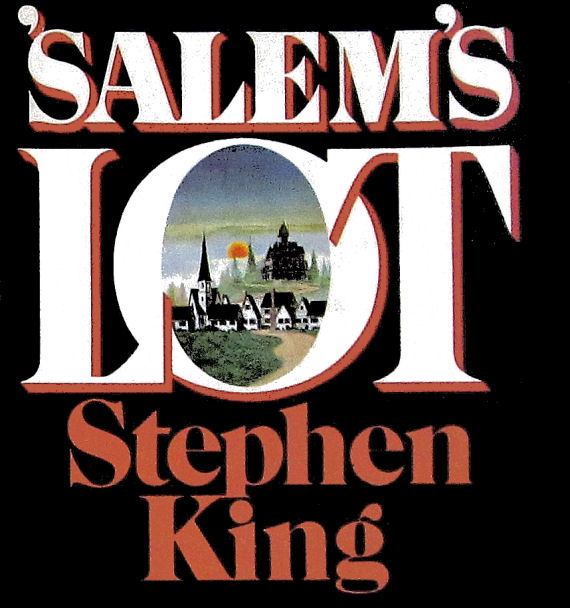
If you’re a genre aficionado, you certainly know what the book’s about, but for those who have somehow missed it, here’s a quick recap:
Successful writer Ben Mears has returned to Jerusalem’s Lot, Maine (called “’Salem’s Lot” or “the Lot” by the residents) after 25 years, to write his next novel. He becomes friends with high-school teacher Matt Burke and starts a romantic relationship with Susan Norton, a young woman who wants to leave town. Ben has returned to the Lot to write about the long-abandoned “Marsten House,” the former home of rumoured gangster Hubie Marsten, who was suspected of child-related crimes before he died by suicide. When Ben was nine, he entered the Marsten house on a dare, and saw a hanging ghost—the ghost of Marsten. Intending to rent the house, he finds out that the house has been purchased by “antiques dealers” Kurt Barlow and his unseen business partner, Richard Straker. The crux of the book is that Barlow is actually a vampire, and Straker is his “familiar,” doing all the daylight things that Barlow wants but can’t do, as vampires die by burning in direct sunlight.
With Ben’s arrival as well as Straker’s and Barlow’s—the first new arrivals in decades—people begin dying, beginning with little Ralph Glick. Soon the deaths begin ramping up, and townsfolk suspect one or more of the newcomers are to blame. The rest of the book is Ben’s fight, aided by Burke and Susan, as well as child horror aficionado Mark Petrie, to kill Barlow and flee the town.
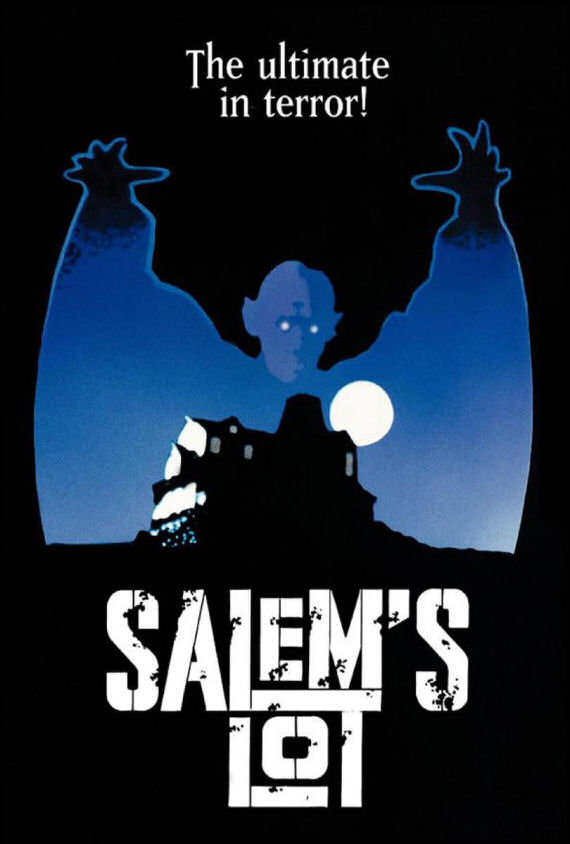
The 1979 television mini-series simplified the book somewhat, combining a few characters, as is common with books-to-tv or books-to-movie (usually for reasons of length) as well as dropping some of King’s subplots. The series was reasonably successful in terms of faithfulness (retaining the feeling of the book) as well as quality of acting, aided by such good and well-known actors as James Mason, Bonnie Bedelia, Lew Ayres, Elisha Cook, Jr., Ed Flanders, Fred Willard, Lance Kerwin and Marie Windsor; although not a top actor, David Soul did a workmanlike job. I enjoyed it and thought it did as good a job as can be expected; it’s hard enough to translate a book to the screen, let alone a Stephen King book. (There are enough failed attempts to do that well to attest to this statement; I point you to Maximum Overdrive for one, with Emilio Estevez.) The movie was pretty creepy; many people seem to remember Jeffry Lewis’s Mike Ryerson, the gravedigger, coming back to life as one of the undead particularly, or Lance Kerwin’s Ralphie Glick hovering outside Mark Petrie’s window.
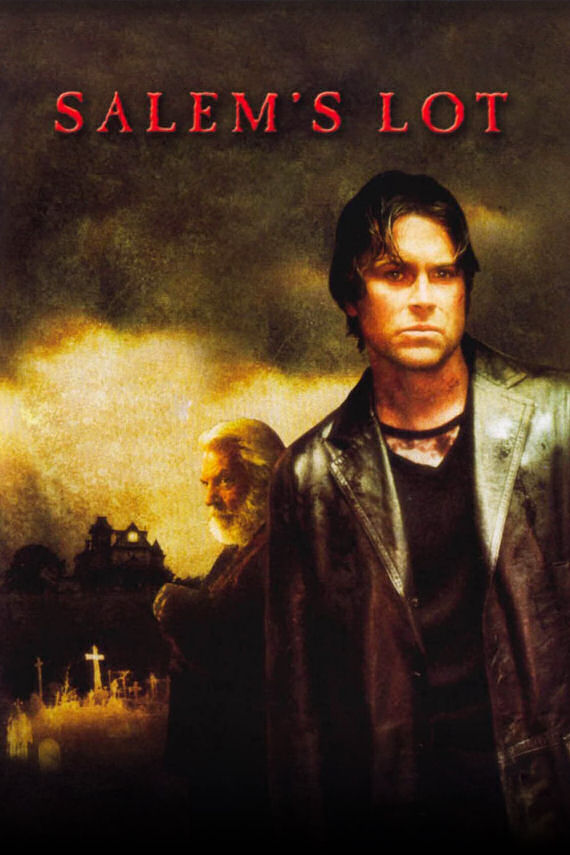
The 2004 mini-series, starring Rob Lowe as Ben Mears, changed a lot about the plot. The series also starred Andre Braugher (Matt Burke), Donald Sutherland (Richard Straker), Samantha Mathis (Susan Norton), James Cromwell (Father Callahan) and Rutger Hauer (Kurt Barlow). You’d think this would be a near-definitive version, given the acting talent and two nights to do it in, but no… I don’t recall this one clearly after twenty years, but I remember it didn’t have as much atmosphere as the 1979 one; it wasn’t creepy or frightening, despite new special effects (and Rutger Hauer was as good at playing bad guys—vide the “replicant” Roy Batty in 1982’s Blade Runner—or vampires, also vide Lothos the vampire in the movie Buffy The Vampire Slayer, 1992) and good acting. And I remember Rob Lowe’s Mears as very emo and conflicted. From what little I remember, it just didn’t match the book or the first series version. (Compare the posters in Fig’s 3 & 4—which one is scarier?)
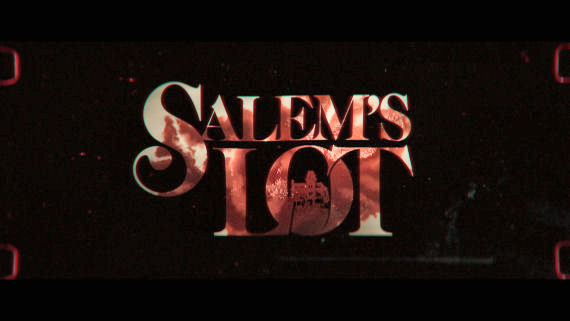
Figure 5 gives us the title screen for the 2024 version, which echoes—but doesn’t exactly copy—the cover of the first edition of the 1975 book (see Figure 2). That’s a very neutral sort of title, as was the book cover, and doesn’t convey what kind of movie it is. (King himself wanted, according to a couple of interviews, to call the book “Jerusalem’s Lot,” but the publisher thought that title sounded like a religious book’s title.) The other film poster I’ve seen (Figure 6) does indeed give away what kind of film it is, but still doesn’t have any emotional load for me, while the poster for the 1979 version (Figure 3) does.

The setting in this film is fine, and does seem to be a small Maine town—not surprising, as this is the first one to be made in Maine, though not in “’Salem’s Lot,” as the latter is entirely fictional, thank goodness. (The 1979 and 2004 series were filmed in, respectively, California and Australia!)
When we first see Ben Mears, he is sitting in his car by the side of the road, looking up at the distant Marsten house; a police car pulls up behind him, and Parker Gillespie (William Sadler), the local constable, questions him as to who he is and what he’s doing there, then cautions him to move on. This would have been a good opportunity to set the tone of the film, but it seems flat to me. In fact, the whole film seems kind of flat; certainly not really spooky or scary, even so late as the film’s climactic scenes—we all know that Mears is going to escape, though we don’t know (and I’m not gonna tell you) who will be leaving the Lot with him.
Alfre Woodard, as Dr. Cody, pathologist, is a new character, introduced for no particular reason than they need a “name” actor, I think. She does a good job, as is her custom, but is only given a minor role. Pilou Asbæk, whom you may recall from Game of Thrones as Euron Greyjoy, plays a very anemic Straker. Most of the characters, including one that many people recall from the 1979 version as being really scary—I refer to the gravedigger, Mike Ryerson (played here by Spencer Treat Clark)—goes through approximately the same conversion to vampire here, but isn’t really memorable. The only person that seems to have a good arc as a convincing and effective character is Jordan Preston Carter, who plays Mark Petrie.
Likewise, the SFX seem somewhat anemic (sorry) here: we have glowing eyes in the dark, glowing crosses (that sometimes glow when a vampire is nearby, and sometimes not when the vampire’s in the same room, but hidden from sight. Inconsistent much? Some vampires fly; we see victims being yanked up into the air with no vampire visible, and some standing on rooftops, but there’s no convincing flight. Oh, and as is usual in modern horror movies, there’s a fair amount of blood and we see Barlow once or twice. He has—despite the book’s description of him as looking like a distinguished elder man—a Nosferatu look to him.
And finally, they’ve changed the whole ending of the movie from both the book and the 1979 series; I won’t go into it, but the town’s many vampires are destroyed all at once. Sort of clever, but that’s not at all faithful to King’s vision.
My final verdict is not that it’s a bad movie; as horror movies go, it’s kind of meh mostly, but as an adaptation of ’Salem’s Lot, it’s not very good at all. Save your movie money and wait for it to stream.
If you have any comment about this review, please do comment. Do it here or on Facebook, or even by email (stevefah at hotmail dot com). All comments are welcome as long as they’re polite. My opinion is, as always, my own, and doesn’t necessarily reflect the views of Amazing Stories or its owner, editor, publisher or other columnists. See you next time!




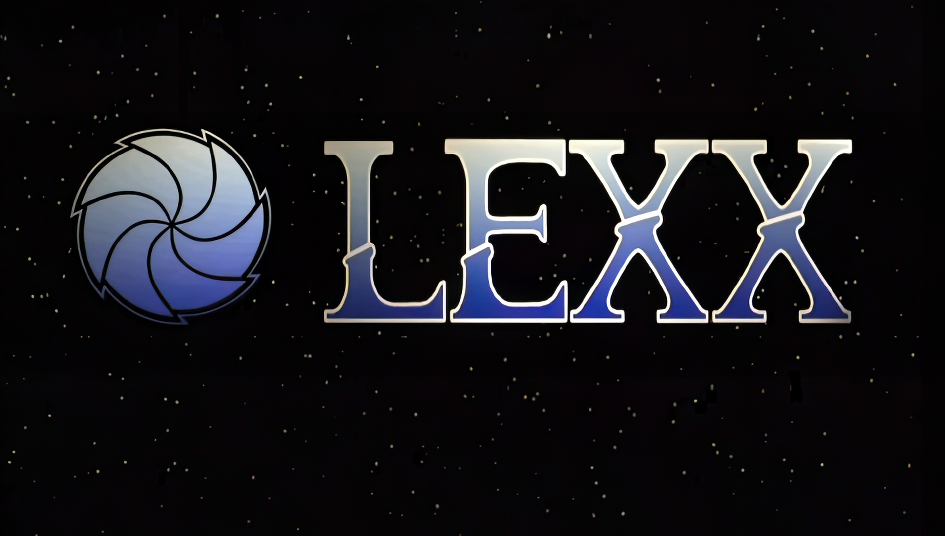






1 Comment